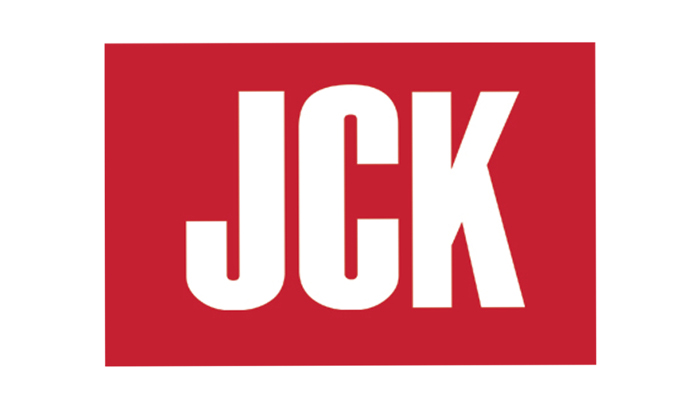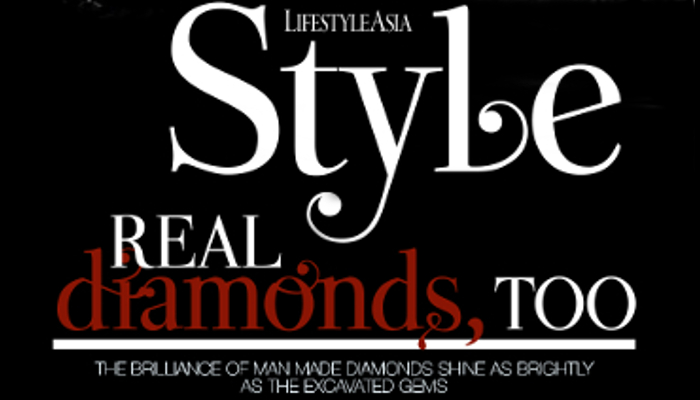
Cultured Diamond Store to Open in the Philippines
A new store is opening up in Manila that will exclusively sell lab-grown diamonds.
Thomas Florencio, a third-generation jeweler who owns a two-store chain in the Philippines called T. Florencio Jewelry, will in November change the name of one those stores to Golcondia Cultured Diamonds and devote his store to that product.
When his shop opens, it will likely be the only brick-and-mortar retailer solely devoted to lab-grown diamonds. In 2011, D.NEA opened a store in Greenville, S.C., but it has since closed.
Florencio buys most of his diamonds from Singapore-based IIa Technologies, which also sells to Gemesis. Most of the diamonds Florencio gets are in the 0.25 ct.–2.5 ct. range, from I to L color, and VVS–VS clarity.
“[Chemical vapor-deposition grown] diamonds are normally low-color high-clarity, but they are fast improving color,” he says. “Every month you see more and more better-quality goods.”
Getting consistent production remains a problem, he says.
“They are machines, but it’s still nature,” Florencio says. “People think the stones are mass-produced, so they will get the perfect quality. The stones are hard to make. We get a lot of trash.”
He says the white stones retail for about 30 percent less than the comparable naturals; the yellows, 30 percent; and the pinks, 90 percent.
Overall, customer reaction has been good, he says.
“I haven’t gotten much resistance,” he says. “People do accept it, but you have to explain it very well to each person. I often hear people say that they haven’t heard about them.”
He also feels the category suffers from a lack of marketing. He wants to help form an association of lab-grown diamond companies and retailers that will market the stones and create a dialogue with the larger industry.
“An association is really a necessity,” he says. “If you go on the Internet and search for a lab-grown diamonds, there are a lot of confusing things. That’s a big problem.”
He believes the category will grow in acceptance.
“It is inevitable that lab-grown diamonds are the future of the industry,” he says. “I don’t understand why people get so defensive about this. What is eating up our market share in the diamond industry: watches, bags? The industry should be excited about this. It is something to offer with a good story, given how many people are turned off to diamonds.”
He notes that he recently lost a 1.58 ct. emerald-cut lab-grown, the first time he had ever lost a stone.
“The lucky person who found it won’t know and it will mix in the market if he decides to sell it,” he says. “Lab-grown diamonds are the same product so they will eventually mix with naturals. I believe that in the long run the naturals will be the niche market. Sure, if you are getting a 3 ct. D-flawless, go natural, but if it’s a 1 ct. J VS, the bulk of the market will accept lab-grown diamonds.”
“Every industry has changed because of technology,” he continues. “Lab-grown diamonds are the same product that you can pass on to your great-grandchildren.”






